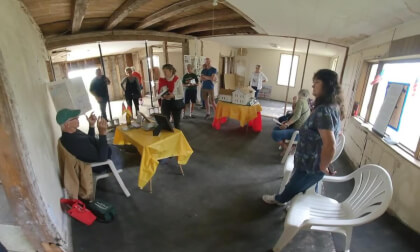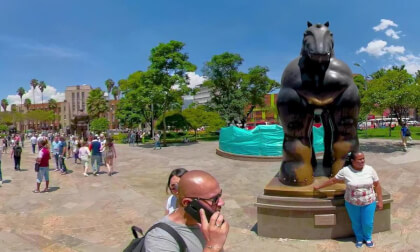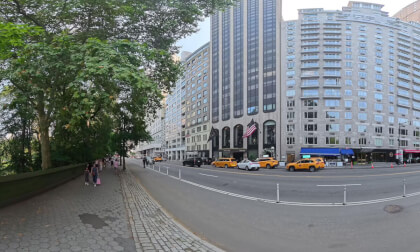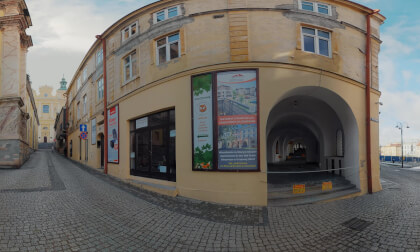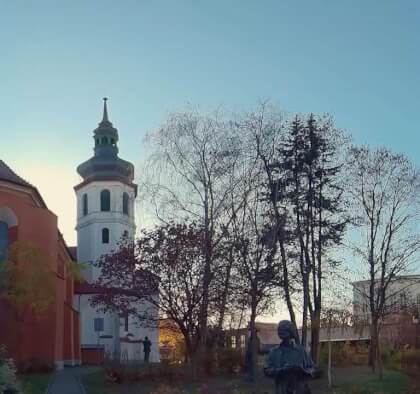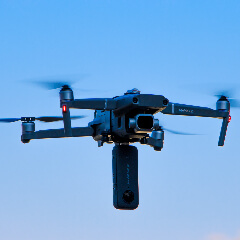
New: AI passthrough!
This amazing Deo feature uses the power of AI to turn every VR scene into AR passthrough! Now you can take characters out of VR and have them right there with you - as if they were in the same room.
Notice: AI Passthrough is presently in beta mode, and as such, users may encounter occasional service imperfections. The feature is currently exclusive to the DeoVR app, but it will soon be accessible on both browsers and mobile devices. Your feedback is highly encouraged and appreciated.
Recommended headsets:
Meta Quest 3, and Quest Pro with stereoscopic color passthrough, Pico 4 (monoscopic color passthrough).
Compatible headsets:
Quest 2, Valve Index (monoscopic black and white passthrough).
Passthrough is not compatible yet for Oculus Link cable.
Check out our complete guide to passthrough and join in the discussion at our busy forum.
History and Architecture:
Construction of the Leaning Tower began in the 12th century and lasted for nearly 200 years. The tower was built as a freestanding bell tower for the nearby Pisa Cathedral. The architects and builders of the tower were Diotisalvi and Giovanni di Simone, and the tower was constructed in the Romanesque architectural style that was prevalent in Italy at the time.
The tower stands at a height of approximately 56 meters and is constructed from white marble. It features seven stories and an observation platform at the top. The most distinctive feature of the tower is, of course, its lean. Initially, the tower was built perfectly straight, but due to unstable soil conditions and uneven foundation settling, it began to lean to one side during construction.
The Leaning Issue:
The Leaning Tower of Pisa owes its worldwide fame to its characteristic lean. At the start of the 20th century, the tower had a tilt of approximately 5.5 degrees. Extensive restoration work carried out in the 1990s reduced the tilt to around 3.97 degrees.













